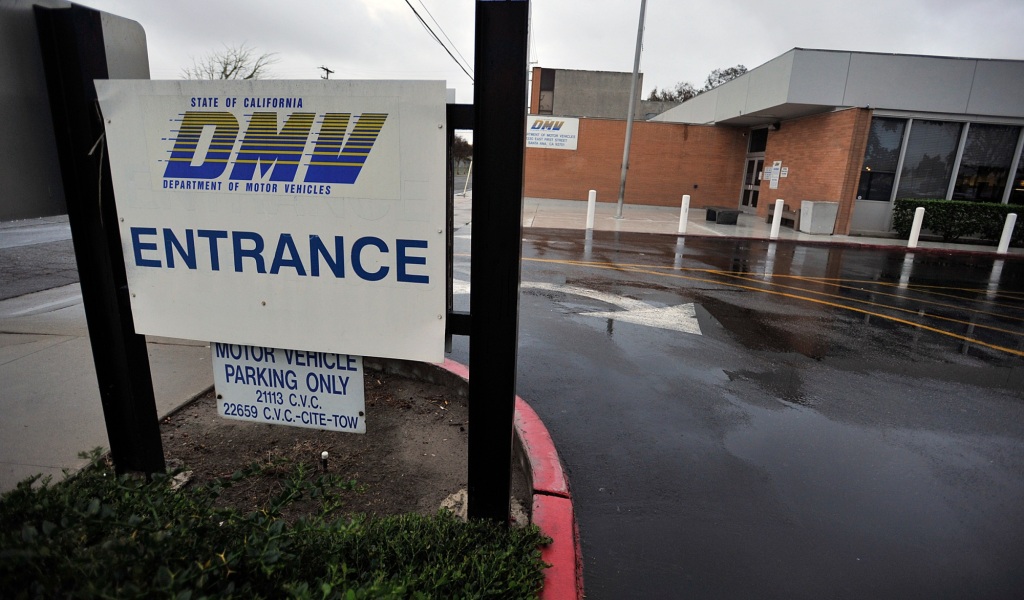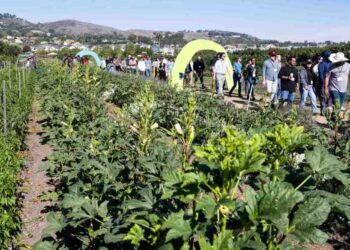When Randall Avila paid a visit to his local Department of Motor Vehicles a couple of years ago to renew his driver’s license, he was presented with a question at the end of his transaction: “Are you a U.S. citizen?”
Avila, the executive director of the Republican Party of Orange County, knew the question was for California’s Motor Voter program. Officially launched in 2018, the program automatically registers eligible Californians completing a driver’s license, state identification or change of address transaction through the DMV to vote, unless they choose to opt-out.
“It’s a great program for voter registration,” Avila said. “But I think we have to see what it becomes in terms of actively getting people to cast a ballot.”
The program has become the top method for Californians to register to vote for the first time or update an existing registration, according to a new analysis of voter registration and voting behavior in the 2016, 2018 and 2020 general elections from USC’s Center for Inclusive Democracy.
But it has not translated to a higher rate of voter turnout, the study found.
Over 43% of new, eligible voters registered at the DMV since the program’s implementation, and 58.7% of eligible voters updated their registration at the DMV to reflect a name or address change or an update to their political party affiliation. That’s higher than any other registration method, the study found. And it’s also an increase from 2016 when only about 3.3% of eligible voters used the DMV to register to vote.
The report also found it is the most-used voter registration method for Asian American, Black and Latino first-time registrants. Prior to the program’s implementation, the report says, less than 1% of Asian American registrants were either new DMV registrants or re-registrants, but that number spiked to 31.6% in 2020.
California’s younger voters, those between 18 and 24 years old, saw the largest increase in registered voter…
Read the full article here






